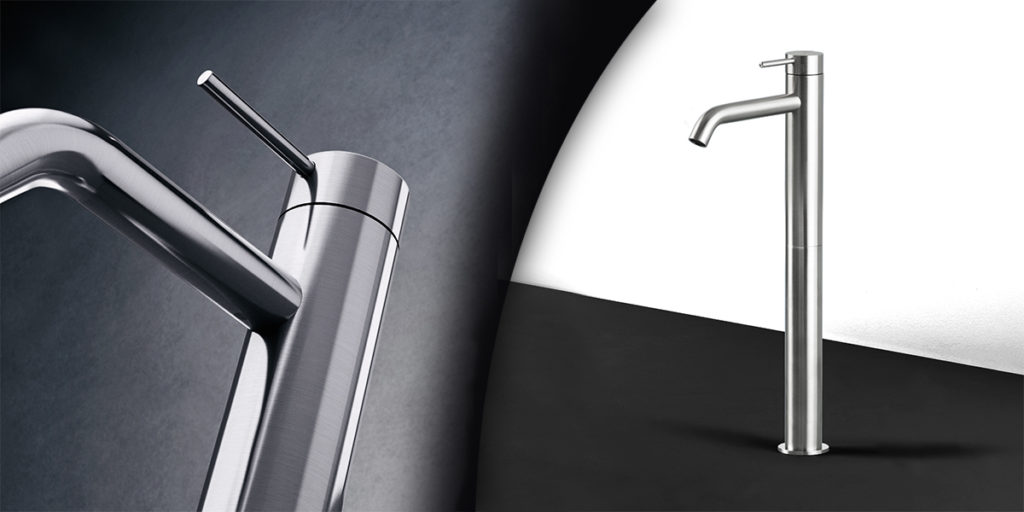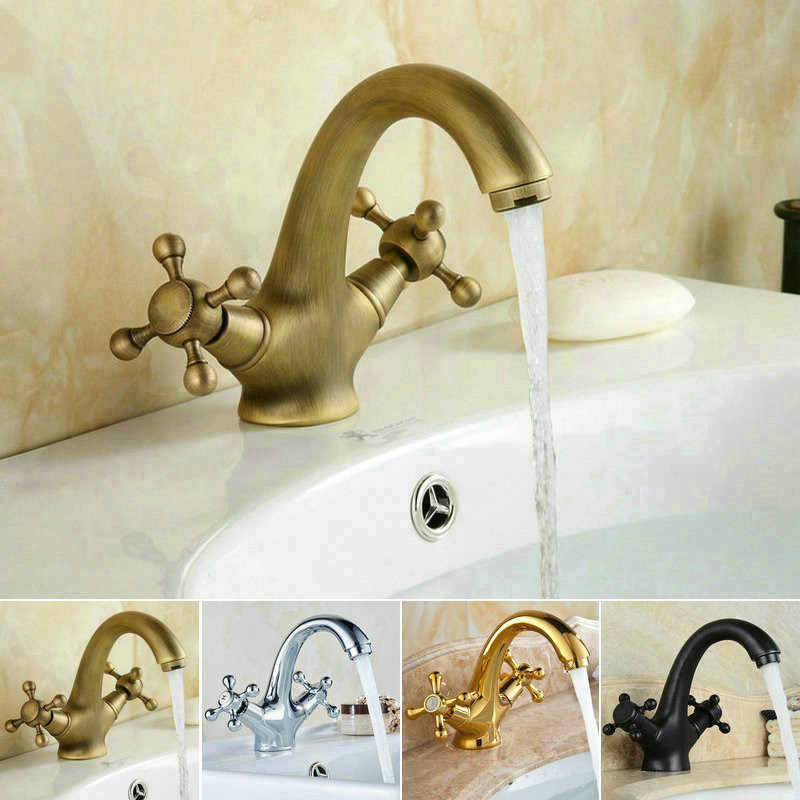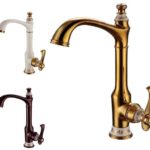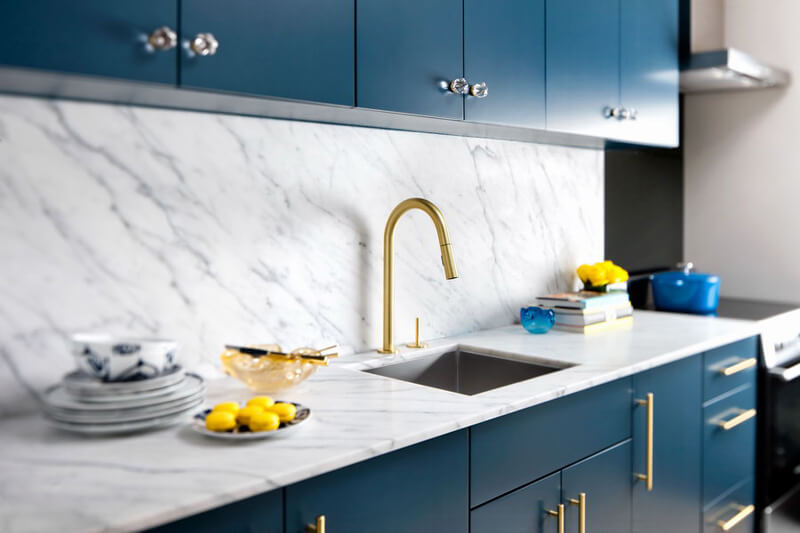Which material is better for a faucet - brass or stainless steel?
Brass and stainless steel are excellent materials for a faucet, but this does not always please the consumer, because you only need to choose one. But knowing the properties of both alloys, it will be easier to make a decision.
Both mixers have an aesthetic appearance and hygiene. And both have a fairly high cost. But if in the case of stainless steel you can get a product with poor performance properties only if you come across a fake, then when buying a brass faucet you take a risk, even without making a mistake with the metal.
The content of the article
Features of stainless steel faucets
Their main consumer characteristics include practicality, heat resistance, oxidation resistance, resistance to impact loads and chemicals, as well as hygiene, environmental friendliness and safety for humans and the environment. Such mixers can serve reliably for a long period of time without deteriorating their characteristics. They are also distinguished by their excellent strength properties and wear resistance.
An additional positive feature of such faucets is their aesthetic appearance and a huge selection of design solutions, so you can choose a model that will fit into any interior style.
The disadvantage of stainless steel products is their high price. But it is justified by first-class quality.
The second point is the presence of fakes on the plumbing market that are indistinguishable to the naked eye. There are two main tests for authenticity. Firstly, stainless steel is never light, so a product made from it can be determined by its weight.
Reference. If the mixer is not heavy, then most likely it is made of silumin - an alloy of aluminum and silicon. Outwardly, it is similar to stainless steel, but has much worse performance parameters, is less durable and more fragile.
Secondly, it does not have magnetic properties, so it will not be attracted to a magnet.
Another disadvantage of stainless steel faucets is its softness, and therefore over time it can become covered with scratches, which will reduce its aesthetic qualities. They are also more susceptible to contamination than products made from other materials, so they will have to be cleaned more often. However, this will not affect the performance in any way.
Pros and cons of brass faucets
Such products currently occupy the largest share of the plumbing market. They find their application due to their reliability and wear resistance, as well as durability and protection from rust and limescale.
Initially, the metal has a beautiful light golden color, but it is not able to embody all design ideas, so often additional coating is applied to brass faucets, giving them the shine of chrome, copper, silver or gold. In addition, the chrome surface has antiseptic properties that prevent the growth of harmful bacteria.
Reference. Nickel plated options also exist. Unlike mirror chrome, they are matte, which means they won't show fingerprints that could ruin the look.If you want a “bronze” faucet, you can choose a model with special epoxy resins and enamel applied to the surface. But this coating has its drawbacks: it easily chips and becomes scratched.
As in the case of stainless steel, such products are not very cheap, but here the quality justifies the cost. The second disadvantage is that two brass mixers may have different chemical compositions (that is, the percentage of certain components), which is why they will have different technological properties. So if you don’t understand metals, you’ll be buying almost blindly.
Which material is the best faucet?
As you can see, both metals demonstrate excellent performance qualities: they are durable, practical to use, wear-resistant and have a long service life, and can also withstand sudden temperature changes, exposure to chemically active substances (for example, detergents) and oxidative processes.
Another difference between these products is their different presence on the plumbing market. Despite the fact that there are many varieties of both types of faucets (including in terms of design), brass models are much more widespread. You can meet them more often, which represents a certain amount of convenience when choosing.
So, there are not many differences between the materials, so the choice is yours. If you are afraid of making a mistake, choose stainless steel; it is easier to check its quality. If you want something reliable and durable, but don’t have time to check and choose alternatives, it will be much easier to purchase a brass faucet.





